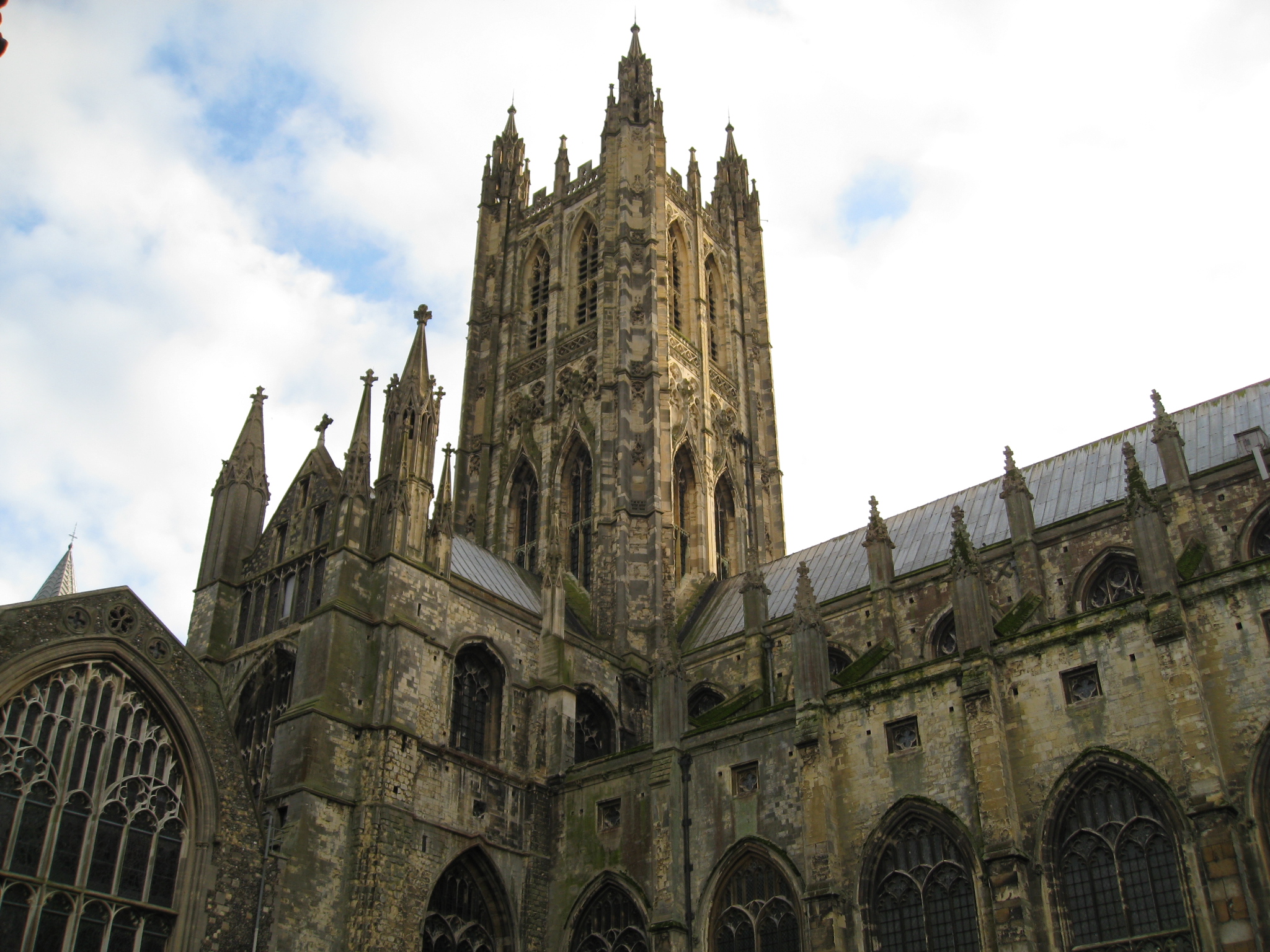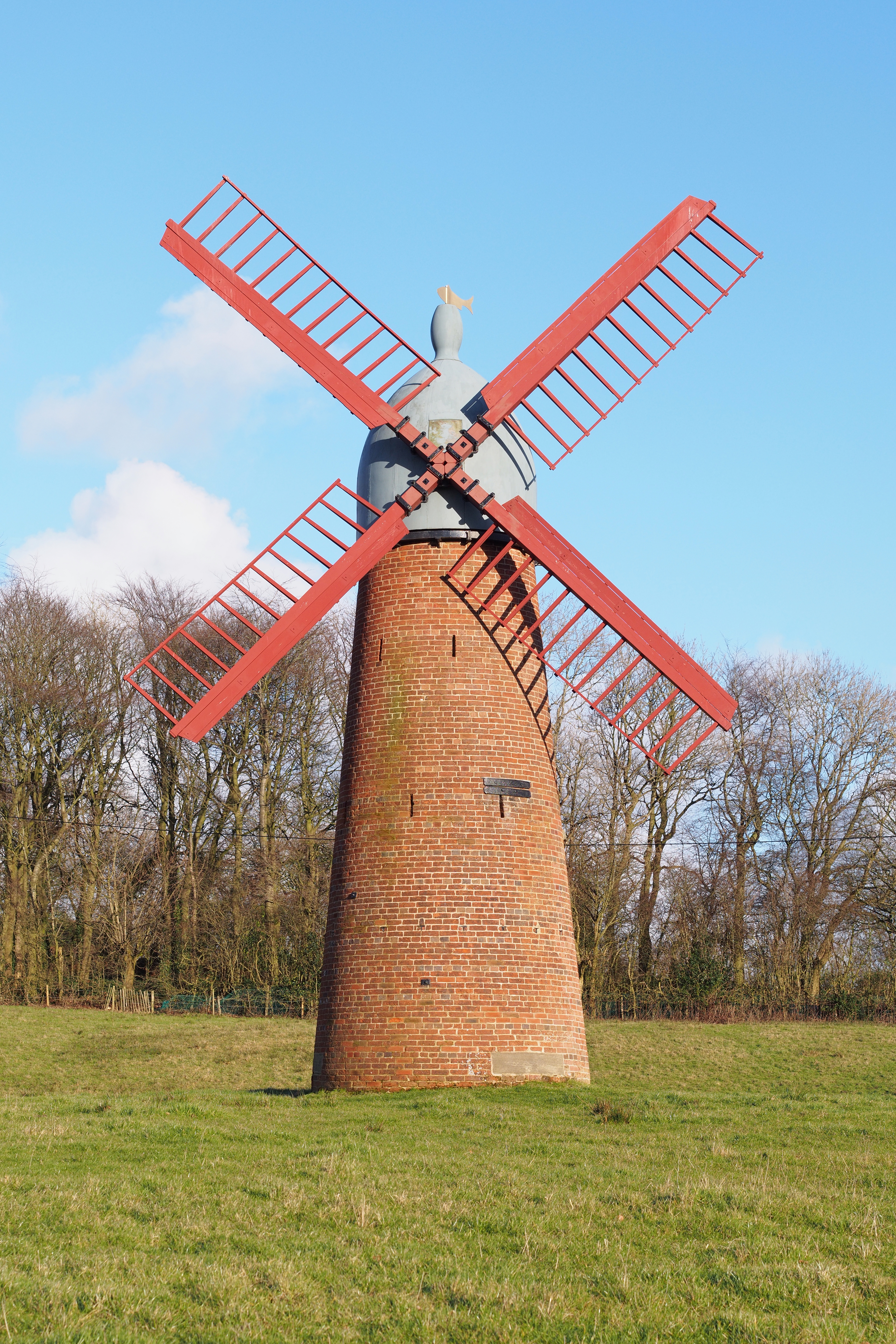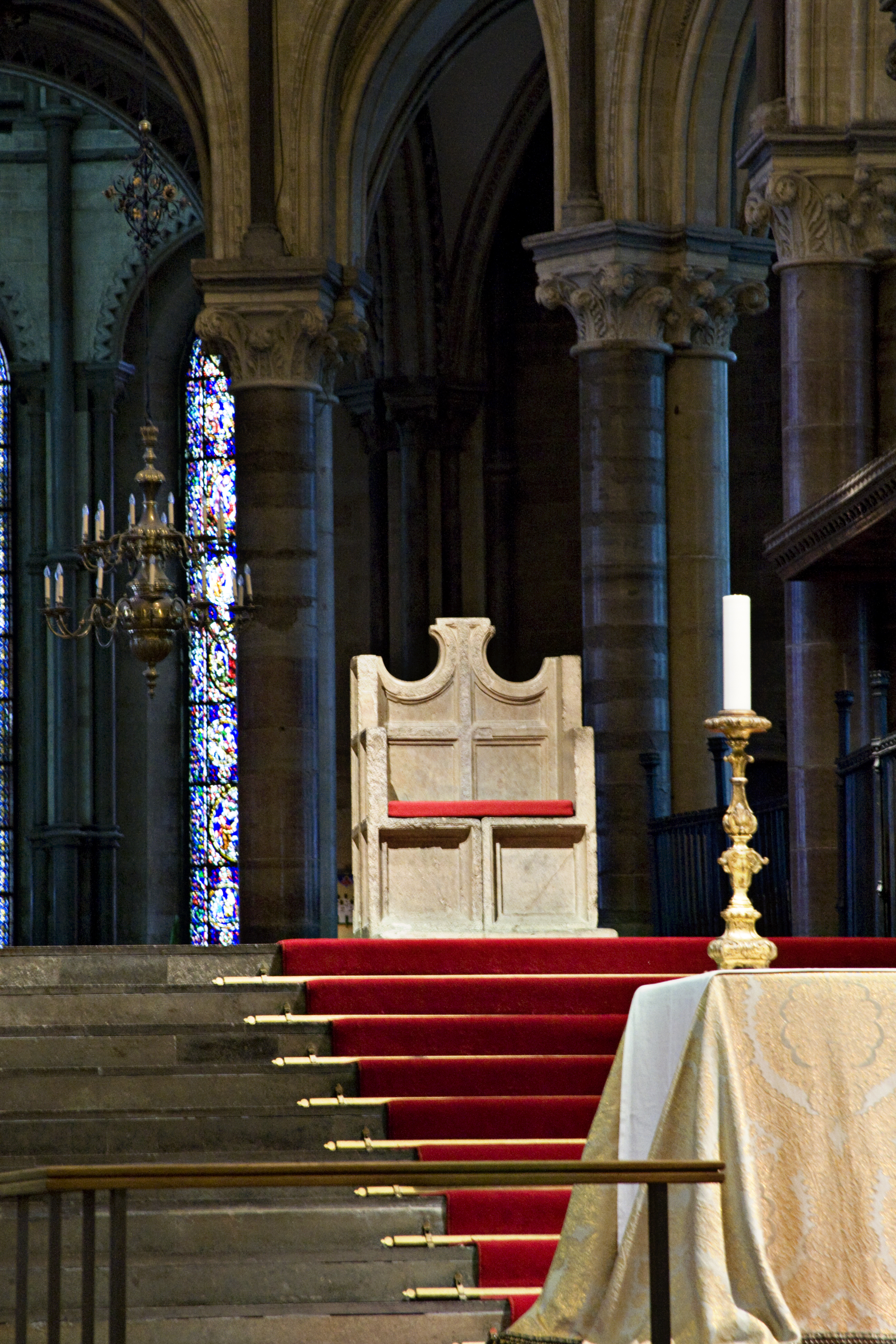|
Mills In Canterbury
The city of Canterbury in Kent, England has been served by mills over the centuries. These include animal engines, watermills and windmills.Canterbury - Tourist Guide & Directory at www.thetownguide.com (accessed May 25, 2008) at http://library.kent.ac.uk (accessed May 25, 2008) Animal engines A rare survivor is the in the Bell Harry tower of |
Canterbury Windmill
Canterbury (, ) is a cathedral city and UNESCO World Heritage Site, situated in the heart of the City of Canterbury local government district of Kent, England. It lies on the River Stour. The Archbishop of Canterbury is the primate of the Church of England and the worldwide Anglican Communion owing to the importance of St Augustine, who served as the apostle to the pagan Kingdom of Kent around the turn of the 7th century. The city's cathedral became a major focus of pilgrimage following the 1170 martyrdom of Thomas Becket, although it had already been a well-trodden pilgrim destination since the murder of St Alphege by the men of King Canute in 1012. A journey of pilgrims to Becket's shrine served as the frame for Geoffrey Chaucer's 14th-century classic ''The Canterbury Tales''. Canterbury is a popular tourist destination: consistently one of the most-visited cities in the United Kingdom, the city's economy is heavily reliant upon tourism. The city has been occupied ... [...More Info...] [...Related Items...] OR: [Wikipedia] [Google] [Baidu] |
Stour Watermills
The River Stour has been used for centuries as a source of power. Many different processes were performed by the use of water power:- Corn milling, fulling, paper making and electricity generation. Many of the mills survive today as house conversions, with two of them still working commercially. Upper Great Stour The upper reaches of the Great Stour powered eight watermills, with a further two on tributaries. Chapel Mill, Lenham TQ 903 503 This corn mill in Lenham is the only one that was powered by the Upper Great Stour, the other watermills in Lenham were powered by the River Len. The mill building has been converted to residential use, devoid of machinery. It had a breast shot waterwheel.Spain (1986), p21-22 Bowley Mill, Boughton Malherbe TQ 902 496 This corn mill in Boughton Malherbe is now a derelict ruin, with the remains of the ground floor, waterwheel and some machinery remaining. The waterwheel was overshot, some diameter and wide, carried on a diameter ca ... [...More Info...] [...Related Items...] OR: [Wikipedia] [Google] [Baidu] |
Post Mill
The post mill is the earliest type of European windmill. Its defining feature is that the whole body of the mill that houses the machinery is mounted on a single vertical post, around which it can be turned to bring the sails into the wind. All post mills have an arm projecting from them on the side opposite the sails and reaching down to near ground level. With some, as at Saxtead Green, the arm carries a fantail to turn the mill automatically. With the others the arm serves to rotate the mill into the wind by hand. The earliest post mills in England are thought to have been built in the 12th century. The earliest working post mill in England still used today is to be found at Outwood, Surrey. It was built in 1665. The earliest remaining example of a non-operational mill can be found in Great Gransden in Cambridgeshire, built in 1612.Windmills in Huntingdon and Peterborough. p. 3. Their design and usage peaked in the 18th and 19th centuries and then declined after the intr ... [...More Info...] [...Related Items...] OR: [Wikipedia] [Google] [Baidu] |
Blean
Blean is a village and civil parish in the Canterbury district of Kent, England. The civil parish is large and is mostly woodland, much of which is ancient woodland. The developed village within the parish is scattered along the road between Canterbury and Whitstable, in the middle of the Forest of Blean. The parish of St. Cosmus and St. Damian in the Blean was renamed "Blean" on 1 April 2019. History According to Edward Hasted's 1800 county study, the village was once part of the king's ancient forest of Blean in the hundred of Westgate. The name Blean is the dative form of the Old English word ‘blea’ which means rough ground. Therefore the name of the parish means "the church of Saints Cosmas and Damian (sic) in the rough ground." In 1835, the Blean Union Workhouse, designed by William Edmunds, was built on four acres south of Herne Common. The design was based on Sir Francis Bond Head's ''Plan of a Rural Workhouse for 500 Persons'', a publication of the Poor Law Commi ... [...More Info...] [...Related Items...] OR: [Wikipedia] [Google] [Baidu] |
Ordnance Survey
Ordnance Survey (OS) is the national mapping agency for Great Britain. The agency's name indicates its original military purpose (see ordnance and surveying), which was to map Scotland in the wake of the Jacobite rising of 1745. There was also a more general and nationwide need in light of the potential threat of invasion during the Napoleonic Wars. Since 1 April 2015 Ordnance Survey has operated as Ordnance Survey Ltd, a government-owned company, 100% in public ownership. The Ordnance Survey Board remains accountable to the Secretary of State for Business, Energy and Industrial Strategy. It was also a member of the Public Data Group. Paper maps for walkers represent only 5% of the company's annual revenue. It produces digital map data, online route planning and sharing services and mobile apps, plus many other location-based products for business, government and consumers. Ordnance Survey mapping is usually classified as either " large-scale" (in other words, more detail ... [...More Info...] [...Related Items...] OR: [Wikipedia] [Google] [Baidu] |
Smock Mill
The smock mill is a type of windmill that consists of a sloping, horizontally weatherboarded, thatched, or shingled tower, usually with six or eight sides. It is topped with a roof or cap that rotates to bring the sails into the wind. This type of windmill got its name from its resemblance to smocks worn by farmers in an earlier period. Construction Smock mills differ from tower mills, which are usually cylindrical rather than hexagonal or octagonal, and built from brick or stone masonry instead of timber. The majority of smock mills are octagonal in plan, with a lesser number hexagonal in plan, such as Killick's Mill, Meopham. A very small number of smock mills were decagonal or dodecagonal in plan, an example of the latter being at Wicken, Cambridgeshire. Distribution Smock mills exist in Europe and particularly in England, where they were common, particularly in the county of Kent, where the tallest surviving smock mill in the United Kingdom, Union Mill, can be found at ... [...More Info...] [...Related Items...] OR: [Wikipedia] [Google] [Baidu] |
Tower Mill
A tower mill is a type of vertical windmill consisting of a brick or stone tower, on which sits a wooden 'cap' or roof, which can rotate to bring the sails into the wind.Medieval science, technology, and medicine: an encyclopedia (2005), 520 This rotating cap on a firm masonry base gave tower mills great advantages over earlier post mills, as they could stand much higher, bear larger sails, and thus afford greater reach into the wind. Windmills in general had been known to civilization for centuries, but the tower mill represented an improvement on traditional western-style windmills. The tower mill was an important source of power for Europe for nearly 600 years from 1300 to 1900, contributing to 25 percent of the industrial power of all wind machines before the advent of the steam engine and coal power. It represented a modification or a demonstration of improving and adapting technology that had been known by humans for ages. Although these types of mills were effec ... [...More Info...] [...Related Items...] OR: [Wikipedia] [Google] [Baidu] |
St Martin's Mill, Canterbury
St Martin's Mill is a Grade II listed, house converted tower mill in Canterbury Canterbury (, ) is a City status in the United Kingdom, cathedral city and UNESCO World Heritage Site, situated in the heart of the City of Canterbury local government district of Kent, England. It lies on the River Stour, Kent, River Stour. ..., Kent, England. History ''St Martin's Mill'' was built in 1817 by John Adams. It was working until 1890 and was converted into a house by a Mr Couzens in 1920. There was a proposal to demolish the mill in April 1958, but a preservation order was placed on the mill by the Ministry of Housing and Local Government. The mill lost its sails in the 'Great Storm' of 1987 and they have not been replaced. Description ''St Martins Mill'' is a four-storey brick tower mill, rendered with cement. It had a Kentish-style cap, four single Windmill sail, patent sails and was winded by a Windmill fantail, fantail. There was a stage at first-floor level. The windshaft ... [...More Info...] [...Related Items...] OR: [Wikipedia] [Google] [Baidu] |
River Stour, Kent
The River Stour is a river in Kent, England that flows into the North Sea at Pegwell Bay. Above Plucks Gutter, where the Little Stour joins it, the river is normally known as the Great Stour. The upper section of the river, above its confluence with the East Stour at Ashford is sometimes known as the Upper Great Stour or West Stour. In the tidal lower reaches, the artificial Stonar Cut short cuts a large loop in the natural river. The Stour has Kent's second largest catchment area (the River Medway having the largest). The lower part of the river is tidal; its original mouth was on the Wantsum Channel, an important sea route in medieval times. The river has three major tributaries, and many minor ones. For much of its length, it flows in a generally south-west to north-east direction. The historic city of Canterbury is situated on the river, as are the former Cinque Port of Sandwich and the railway town of Ashford. The route of the Stour Valley Walk follows the river. ... [...More Info...] [...Related Items...] OR: [Wikipedia] [Google] [Baidu] |
Canterbury
Canterbury (, ) is a cathedral city and UNESCO World Heritage Site, situated in the heart of the City of Canterbury local government district of Kent, England. It lies on the River Stour. The Archbishop of Canterbury is the primate of the Church of England and the worldwide Anglican Communion owing to the importance of St Augustine, who served as the apostle to the pagan Kingdom of Kent around the turn of the 7th century. The city's cathedral became a major focus of pilgrimage following the 1170 martyrdom of Thomas Becket, although it had already been a well-trodden pilgrim destination since the murder of St Alphege by the men of King Canute in 1012. A journey of pilgrims to Becket's shrine served as the frame for Geoffrey Chaucer's 14th-century classic ''The Canterbury Tales''. Canterbury is a popular tourist destination: consistently one of the most-visited cities in the United Kingdom, the city's economy is heavily reliant upon tourism. The city has been o ... [...More Info...] [...Related Items...] OR: [Wikipedia] [Google] [Baidu] |
Canterbury Cathedral
Canterbury Cathedral in Canterbury, Kent, is one of the oldest and most famous Christianity, Christian structures in England. It forms part of a World Heritage Site. It is the cathedral of the Archbishop of Canterbury, currently Justin Welby, leader of the Church of England and symbolic leader of the worldwide Anglican Communion. Its formal title is the Cathedral and Metropolitical Church of Christ at Canterbury. Founded in 597, the cathedral was completely rebuilt between 1070 and 1077. The east end was greatly enlarged at the beginning of the 12th century and largely rebuilt in the Gothic style following a fire in 1174, with significant eastward extensions to accommodate the flow of pilgrims visiting the shrine of Thomas Becket, the archbishop who was murdered in the cathedral in 1170. The Norman nave and transepts survived until the late 14th century when they were demolished to make way for the present structures. Before the English Reformation the cathedral was part of a B ... [...More Info...] [...Related Items...] OR: [Wikipedia] [Google] [Baidu] |
Treadwheel
A treadwheel, or treadmill, is a form of engine typically powered by humans. It may resemble a water wheel in appearance, and can be worked either by a human treading paddles set into its circumference (treadmill), or by a human or animal standing inside it (treadwheel). These devices are no longer used for power or punishment, and the term "treadmill" has come to mean an exercise machine for running or walking in place. History Uses of treadwheels included raising water, to power cranes, or grind grain. They were used extensively in the Greek and Roman world, such as in the reverse overshot water-wheel used for dewatering purposes. They were widely used in the Middle ages to lift the stones in the construction of Gothic cathedrals. There is a literary reference to one in 1225, and one treadwheel crane survives at Chesterfield, Derbyshire and is housed in the Museum. It has been dated to the early 14th century and was housed in the top of the church tower until its removal in ... [...More Info...] [...Related Items...] OR: [Wikipedia] [Google] [Baidu] |








